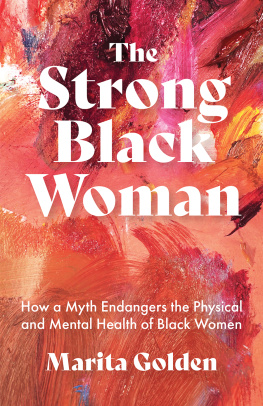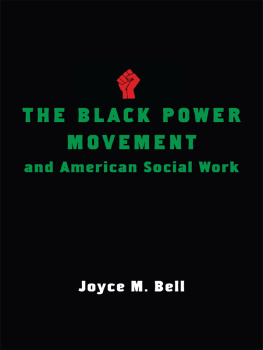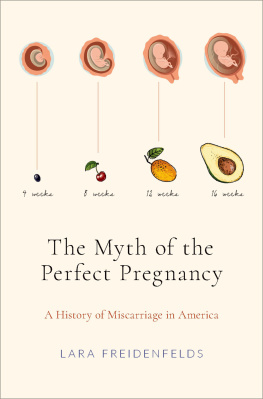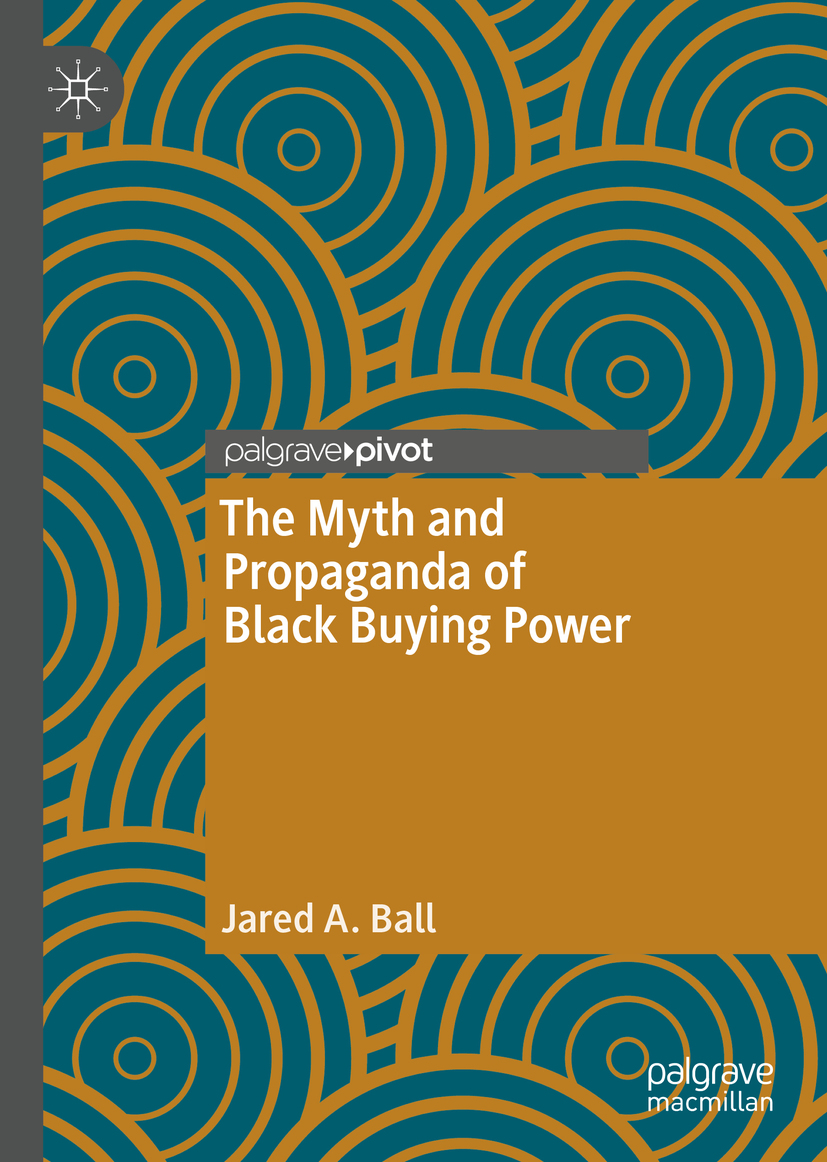Jared A. Ball
The Myth and Propaganda of Black Buying Power
Jared A. Ball
Morgan State University, Baltimore, MD, USA
ISBN 978-3-030-42354-4 e-ISBN 978-3-030-42355-1
https://doi.org/10.1007/978-3-030-42355-1
The Editor(s) (if applicable) and The Author(s), under exclusive license to Springer Nature Switzerland AG 2020
This work is subject to copyright. All rights are solely and exclusively licensed by the Publisher, whether the whole or part of the material is concerned, specifically the rights of translation, reprinting, reuse of illustrations, recitation, broadcasting, reproduction on microfilms or in any other physical way, and transmission or information storage and retrieval, electronic adaptation, computer software, or by similar or dissimilar methodology now known or hereafter developed.
The use of general descriptive names, registered names, trademarks, service marks, etc. in this publication does not imply, even in the absence of a specific statement, that such names are exempt from the relevant protective laws and regulations and therefore free for general use.
The publisher, the authors and the editors are safe to assume that the advice and information in this book are believed to be true and accurate at the date of publication. Neither the publisher nor the authors or the editors give a warranty, expressed or implied, with respect to the material contained herein or for any errors or omissions that may have been made. The publisher remains neutral with regard to jurisdictional claims in published maps and institutional affiliations.
Cover pattern John Rawsterne/patternhead.com
This Palgrave Pivot imprint is published by the registered company Springer Nature Switzerland AG.
The registered company address is: Gewerbestrasse 11, 6330 Cham, Switzerland
This book is humbly dedicated to various insurgent intellectual and political movements, most notably those focused on laborers, the colonized, and with special thanks and praise to those whose continued incarceration for participation in those struggles is most decidedly political.
Preface
This book can certainly be taken at face value and read specifically for its most immediate purpose; a criticism of Black buying power as a propagated myth which has nothing to do with any actual economic, political, or social reality. This book indeed demonstrates Black buying power to be a concoction of a business and marketing class and propelled by a media force capable of evolving the myth to axiom. However, this book can also be read as a case study of our media environment, that of the United States, or an investigation into the political and social function of that media nationally, including their specific relationship to African America. Further still, this book can be read as an elucidation of the development, distribution, and impact of propaganda or the ways in which new media technology, the advent of the internet and social media, have allowed traditional patterns of propagation, marketing, advertising , even psychological warfare , to flourish. And finally, this book can be seen as a critique of commercial journalism , that of a mainstream White commercial press, but also the commercial Black press which is often correctly heralded as advancing the historical causes of Black people but equally as often ignored for their complicity in developing and propagating harmful economic mythology.
In my more than a decade of tracking the myth of Black buying power I have compiled an overview of the rise, dissemination, and to an extent, the impact of the myth on its target audiences. This book is comprised of that work and through charting press coverage of the myth and attendant economic realities shows also how commercial journalism can mask material realities and in this case the persistence of Black economic inequality. Said differently, reading this book will help better understand how the US economy works, who benefits, and how Black collective economic stagnation and decline are confused by popular imagery and the limits of commercial journalism into being understood by many as progress or even power. What the book argues is that an initial concept of buying power developed by the US government and business elite to manage labor and product costs, as well as the social unrest which often accompanies increases in inequality, was taken by a mid-twentieth-century emerging Black business and media class and turned into marketing tools to procure more corporate advertising dollars for Black-owned and Black-targeted media. From there the myth has been propelled for decades by an implicit agreement primarily between a White and Black business class whose interests merge in this instance to project a Black material reality which has never existed.
As is the case with the development of the current economic state of affairs it is true of any change; solutions to economic inequality are in public policies which determine how wealth is created and how that wealth is distributed. The popular claims that if Black people would spend differently the collective would be better off are the result of propagated myths which deny the role public policy plays in determining societal outcomes. Instead, resulting from the myth is a tendency to ignore policy in favor of personal or community financial habits. The underlying perniciousness of the claim then, specific in its application to Black America, is that poverty or inequality at all is the result of bad decision-making among the poor. With the least powerful then blamed for their own poverty little attention need be paid to the more difficult struggles around public policy which are truly what determine the financial success of any community or group.
For example, public policy, laws, regulations, and so on determine what immigrant communities are given government incentives to develop businesses throughout the United States, incentives not afforded to Black Americans. However, rather than the more easily and popularly repeated condemnations of or negative comparisons to various groups of Asians, Jews, Arabs, Latin Americans, and so on, more appropriate focus would be the policies which support these populations working endlessly in small corner stores, restaurants, cleaners, and so on, to support many more unseen and from countries where there is as much or more inequality. Rather than encourage more competition among the poorest communities this book argues through its focus on buying power that more attention should be paid to policy targeting better redistribution of the tremendous annual Gross Domestic Product ( GDP )of the United States.
Many adherents to the myth are captured by the routine component claim that Black buying power makes Black America economically equivalent to the national economies of many countries by comparison with GDP . This claim is also dispelled in what follows, however, as positive use is made of these consistent comparisons between Black buying power and the GDP of other countries. If public policy was developed to better redistribute the GDP of the United States which annually is now more than $20 trillion there would likely be no poverty requiring mythological claims of buying power to overcome and no need to point at other communities as having anything to do with Black poverty. Public policies targeting for redistributing the more than $20 trillion produced each year, as opposed to arguments in favor of redistributing Black dollars associated with shopping are needed if genuine change is to occur. Breaking the imposed collective adherence to buying power as a means of economic advance is essential to returning focus appropriately to the actual functioning of the economy and the role public policy plays above and beyond shopping habits and notions of financial literacy .









